#statusMessage#
Do you want to start the compare now?
#statusMessage#
Do you want to start the compare now?

Our electromagnetic environment is heavily burdened due to the multitude of transmitters and sources of interference pre...

Automated test and measurement systems that are fully connected with instrumentation and test data can significantly inc...

Temperature is one of the most common risk factors in industry. Overheating can disrupt processes, reduce quality or cau...

Electric vehicles are the future - but what happens to the batteries when they can no longer be used in cars? Efficient ...
Manufacturer number: BK2567B-MSO
| Article number: | BK2567B-MSO |
|---|---|
| Bandwidth (MHz): | 100 |
| Counter: | Yes |
| DVM: | Yes |
| Dimensions (L x W x H) (mm): | 111 x 352 x 224 |
| Function generator: | 50 MHz |
| Interfaces: | USB, LAN, Optional: WLAN |
| Model: | BK2567B-MSO |
| Number of channels: | 2 |
| Number of digital channels: | 16 |
| Samplerate: | 1 GSa/s |
| Screen size: | 25.65 cm |
| Screen type: | 1024 x 600, TFT-LCD touchscreen |
| Segmentable memory: | Yes |
| Signal acquisition rate: | 120,000 wfms/s |
| Storage depth: | 200 MPts |
| Triggertypes: | Edge, Pulse Width, Runt, Window, Timeout, Nth Edge, Slope, Video, Pattern, Serial Bus |
| Vertical resolution: | 8-bit |
| Warranty (years): | 3 |
| Weight (kg): | 3.9 |
The 2560B series from B&K Precision is a modern oscilloscope series for demanding measurement and analysis tasks. It combines powerful hardware with intelligent software and offers maximum flexibility and user-friendliness.
The series consists of digital storage oscilloscopes (DSO) and mixed-signal oscilloscopes (MSO) with up to 350 MHz bandwidth, 2 GSa/s sampling rate and 200 Mpts memory depth per channel. Highlights include a capacitive 10.1" touchscreen, an integrated 50 MHz arbitrary function generator, advanced trigger functions, serial bus analysis, power analysis functions, Bode plot display and much more.
With the optional or integrated mixed signal functionality (MSO), analog and digital signals can be acquired and evaluated simultaneously - ideal for development and troubleshooting of embedded systems, digital circuits and communication interfaces.
The 2567B-MSO combines a high analog bandwidth of 200 MHz with an integrated 16-channel logic analyzer. It is ideal for complex test environments where both analog and digital signals need to be precisely analyzed and correlated.
Compared to the 2567B, the MSO model offers an additional 16 digital channels (D0 to D15) with up to 500 MSa/s sampling rate, which significantly expands mixed-signal analysis. Compared to the 2565B-MSO, the 2567B-MSO offers additional performance reserves with 200 MHz bandwidth. Ideal for advanced embedded development or faster digital systems.
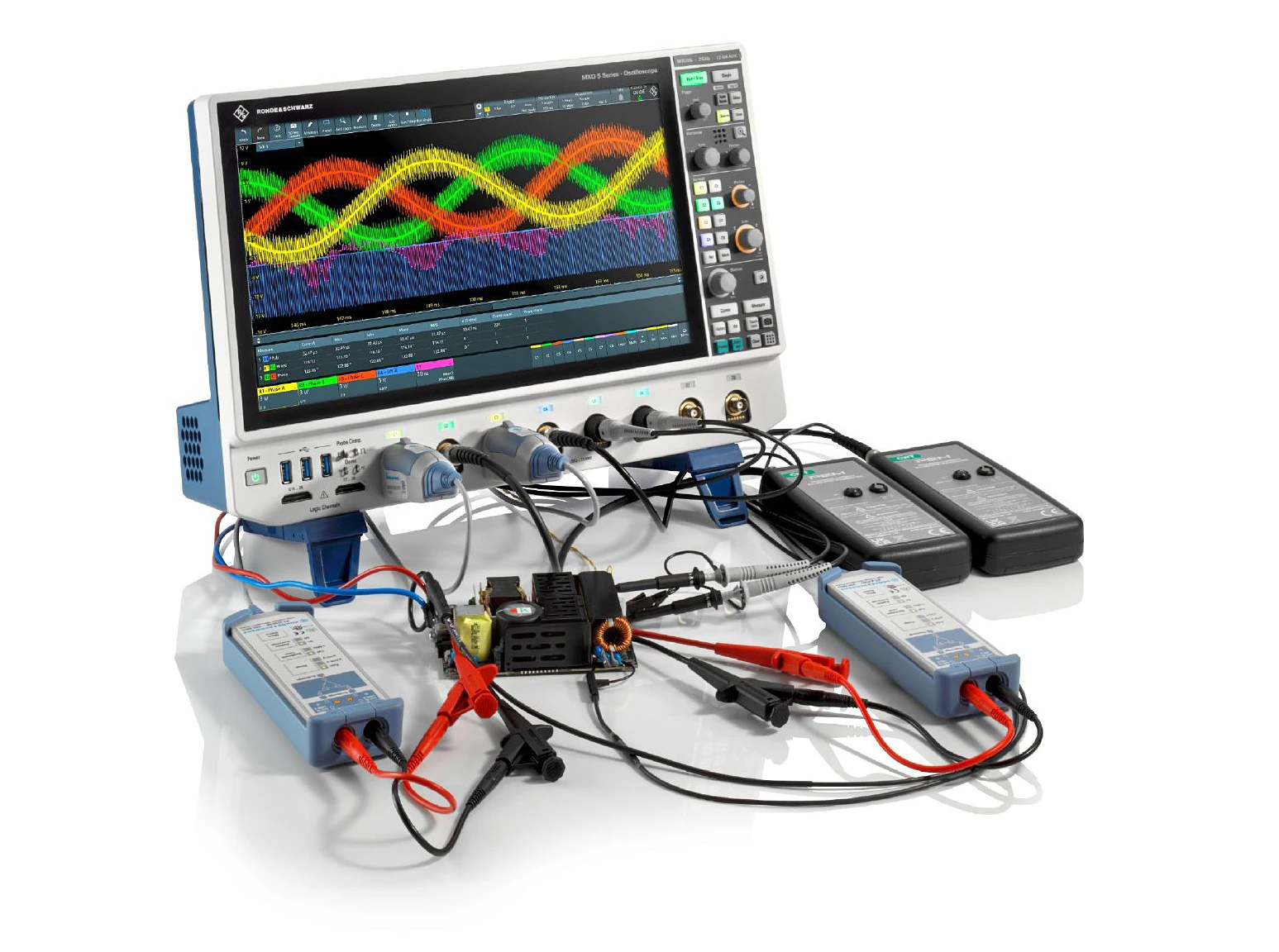
Modern oscilloscopes of the MXO Series from Rohde & Schwarz enable precise analysis and optimization of electric drivetr...
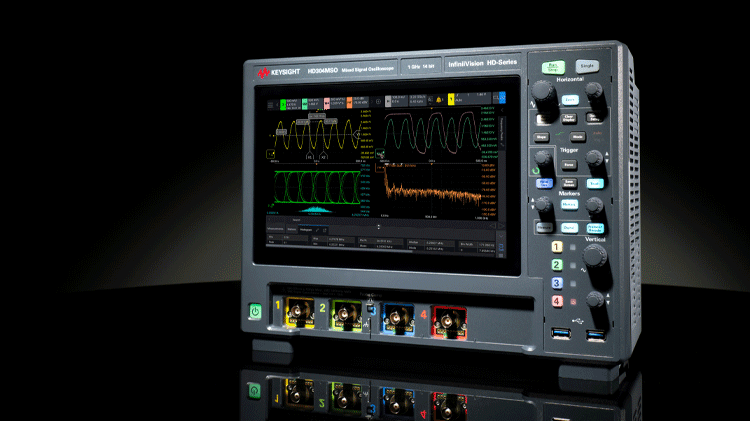
In the new issue of “dataTec unboxed” we present the new InfiniiVision HD3 oscilloscopes from Keysight with 14-bit ADC. ...
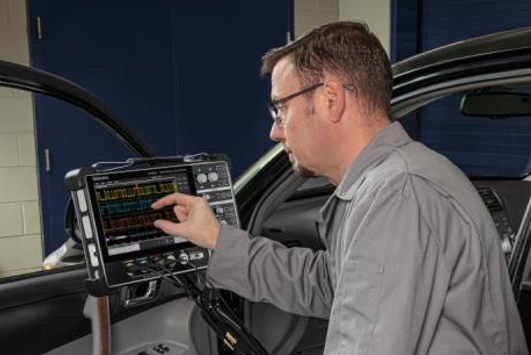
Embedded systems applications are growing rapidly in the automotive industry. Many vehicle designs use CAN, LIN or FlexR...
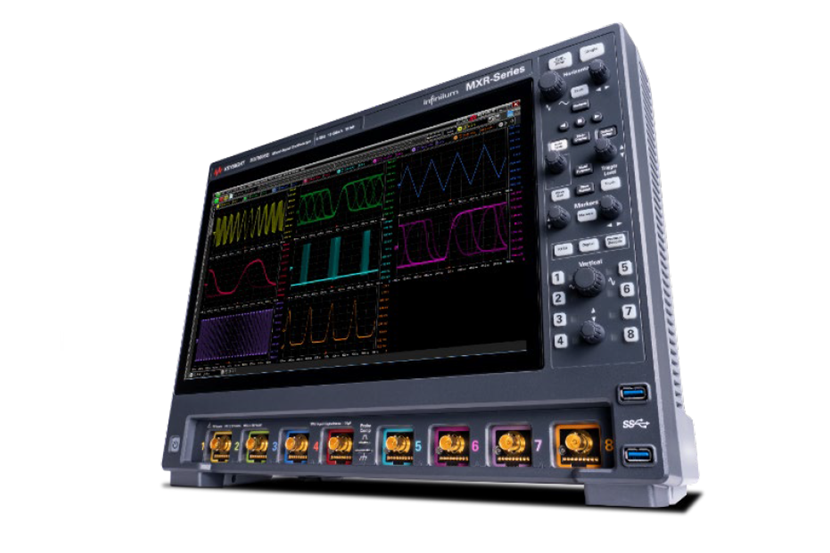
Engineers primarily use oscilloscopes to debug and characterize various automotive serial buses. These include the contr...
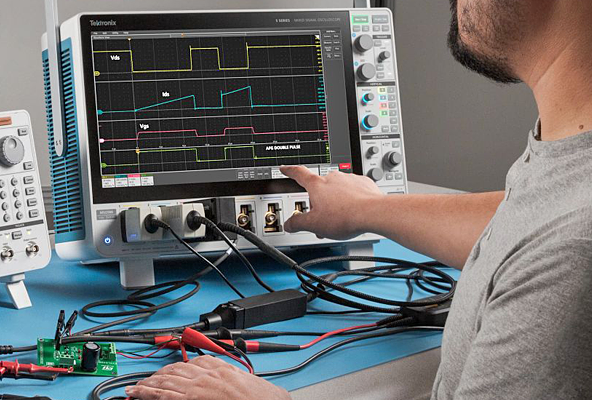
It is widely expected that wide bandgap (WBG) devices—using silicon carbide (SiC) and gallium nitride (GaN) transistors—...
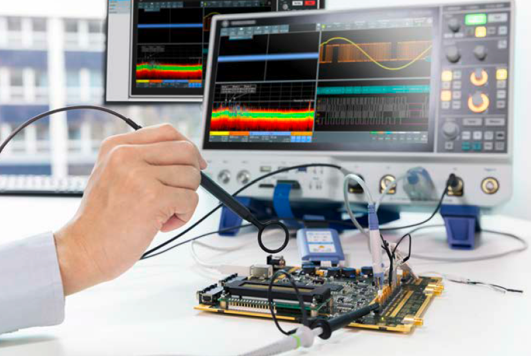
Navigating through the range of available specifications, options and capabilities can be challenging. There are a lot o...
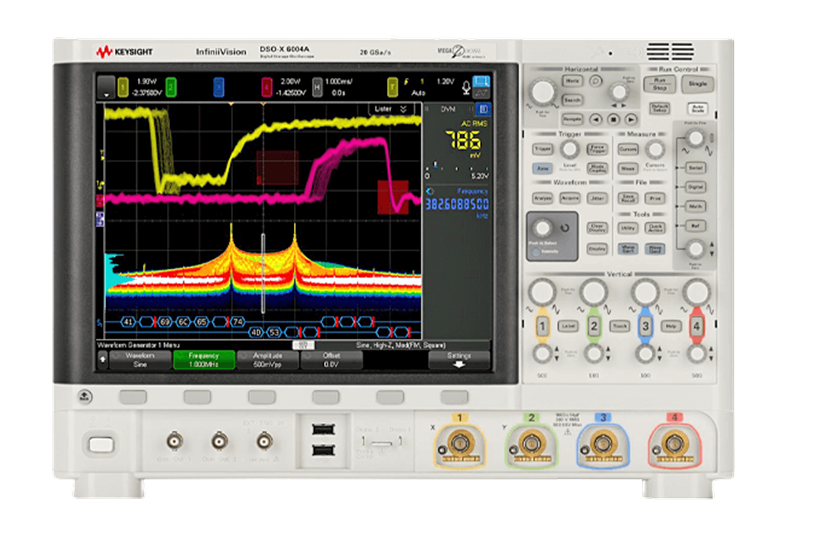
As data rates continue to increase in today’s state-of-the-art high-speed digital designs, timing budgets are decreasing...
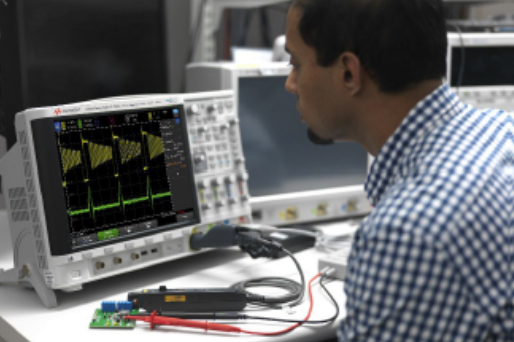
Current probes extend the application abilities of oscilloscopes beyond voltage measurement. Basically, current clamps m...

The market offers a wide choice of oscilloscopes for sale. This makes it difficult to decide which oscilloscope to buy a...
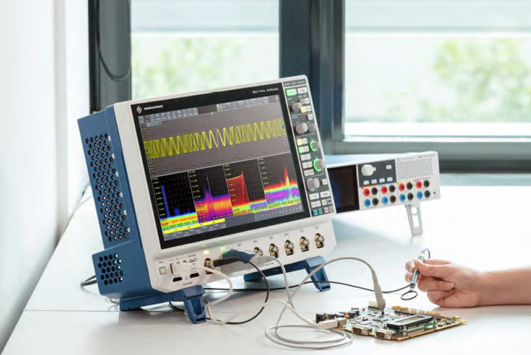
Your oscilloscope trigger determines the precise moment in time your instrument captures critical events of interest. Tr...
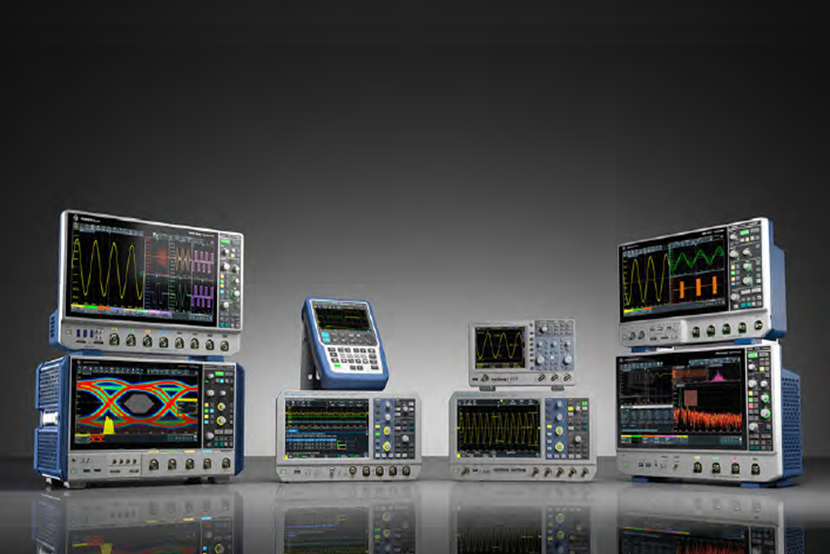
Oscilloscope users consistently rate bandwidth, sample rate and memory depth as the three most important specifications....
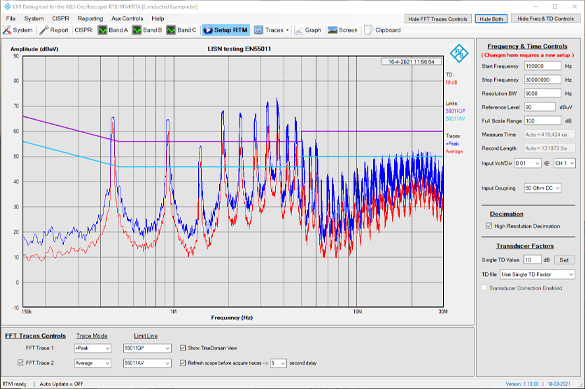
Getting EMI emissions under control is one of those tasks that R&D engineers do not enjoy doing . EMI must often be ...


